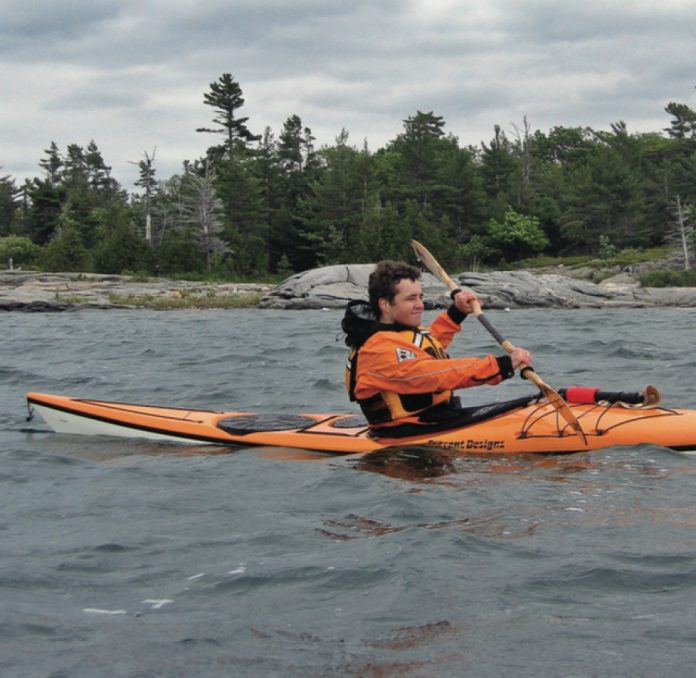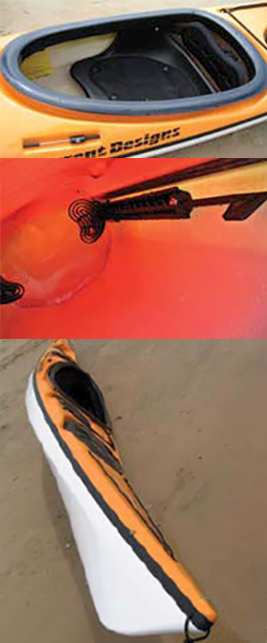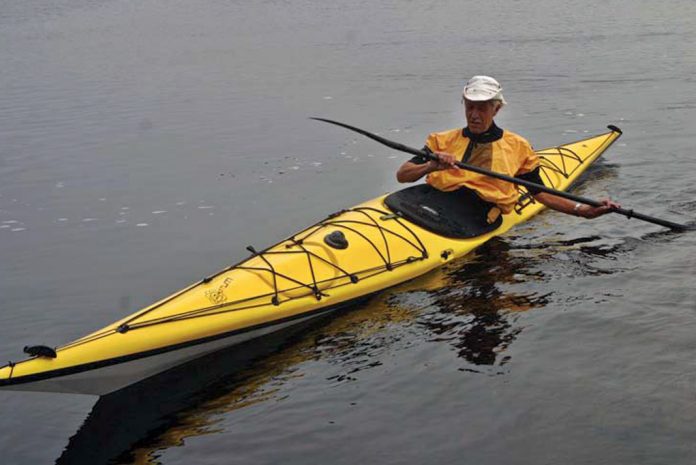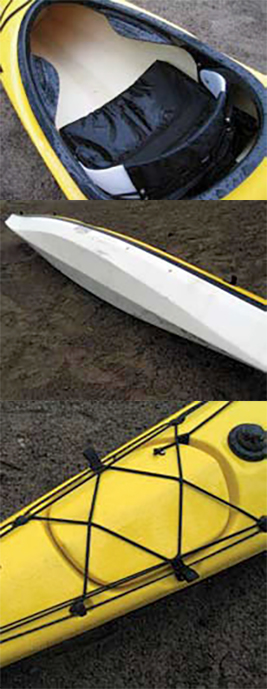I went to school on snow days. snow days are those days when school boards deem the roads too snowy or icy for the school buses to travel. Most kids stay home, go toboganing, build snow forts and drive their moms batty. I, however, nagged my mom to take me. She barrelled the family oldsmobile through the drifts to our school where a dozen kids who walked to school and a couple teachers gathered in the basement to watch National Film Board films. Whenever the winter storms set in I knew that I had a good chance of seeing the late Bill Mason’s classic film Paddle to the Sea.
Kyle, a little boy who lived in a cabin north of Lake Superior, had a dream. he dreamed of a journey; he dreamed of paddling from his home to the ocean. this was a journey he knew he couldn’t make himself, so he carved Paddle out of a cedar log—a stoic native traveller in a birchbark canoe. the boy painted Paddle and poured lead into a groove in the bottom so the canoe would pop upright if it tipped over. In the bottom on the canoe the little boy carved the words, please put me back in the water.
The rest of the film follows the adventures of Paddle on his epic journey through the Great Lakes to the Atlantic Ocean. He braves forest fires, huge ships, curious gulls, noxious pollution, Niagara Falls and the worst threat of all—little boys like me, who couldn’t resist wanting to keep him.
I didn’t know it at the time but Paddle to the Sea topped the National Film Board library’s most-borrowed-film list. The film was used by teachers, not just on snow days but in the classrooms, all across Canada. Most school children in the late 1960s to the early ’80s were shown Paddle to the Sea at least once. I suspect many of you remember it.
Twenty-five years later, I have paddled and explored most of the path Paddle followed on his journey to the sea, with the exception of Niagara Falls of course. I have dreamed of great journeys and have followed some of those dreams. looking back I can see that I’ve made a life of putting myself back in the water.
I wonder where is Paddle now? The last we see of him, the lighthouse keeper tosses him off a bluff into the Gulf of St. Lawrence. did he catch a ride on the Labrador Current to the Gulf Stream then out into the North Atlantic drift to Norway and beyond?
I believe he did.
On a snowy day this past February, a day I deemed too dangerous to drive to the office—a snow day—I ordered a copy of Paddle to the Sea from the National Film Board’s online store. Forty years after Paddle to the Sea was released in 1966, it is still the most popular DVD in our house. It is as good today as it was in the basement of Jerseyville Public school.
This winter, share with your kids Paddle’s incredible journey. Then in the spring, take them to your local creek with a piece of cedar.
Who knows where their dreams will take them.
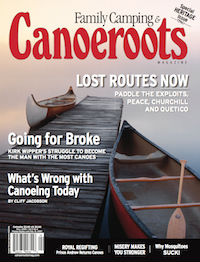 This article first appeared in the Fall 2006 issue of Canoeroots Magazine. For more great content, subscribe to Canoeroots’ print and digital editions here.
This article first appeared in the Fall 2006 issue of Canoeroots Magazine. For more great content, subscribe to Canoeroots’ print and digital editions here.




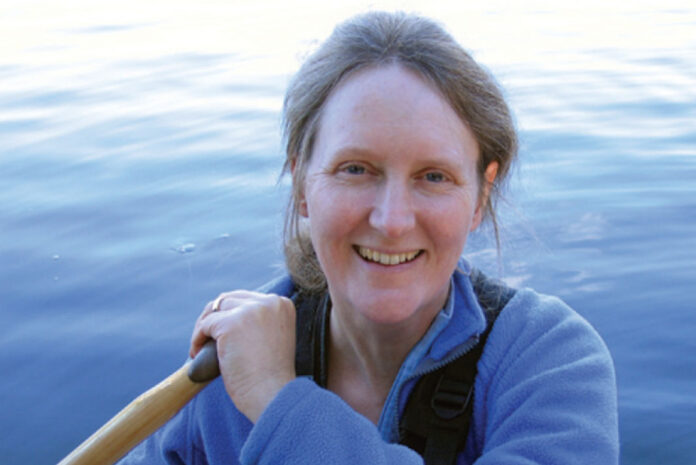
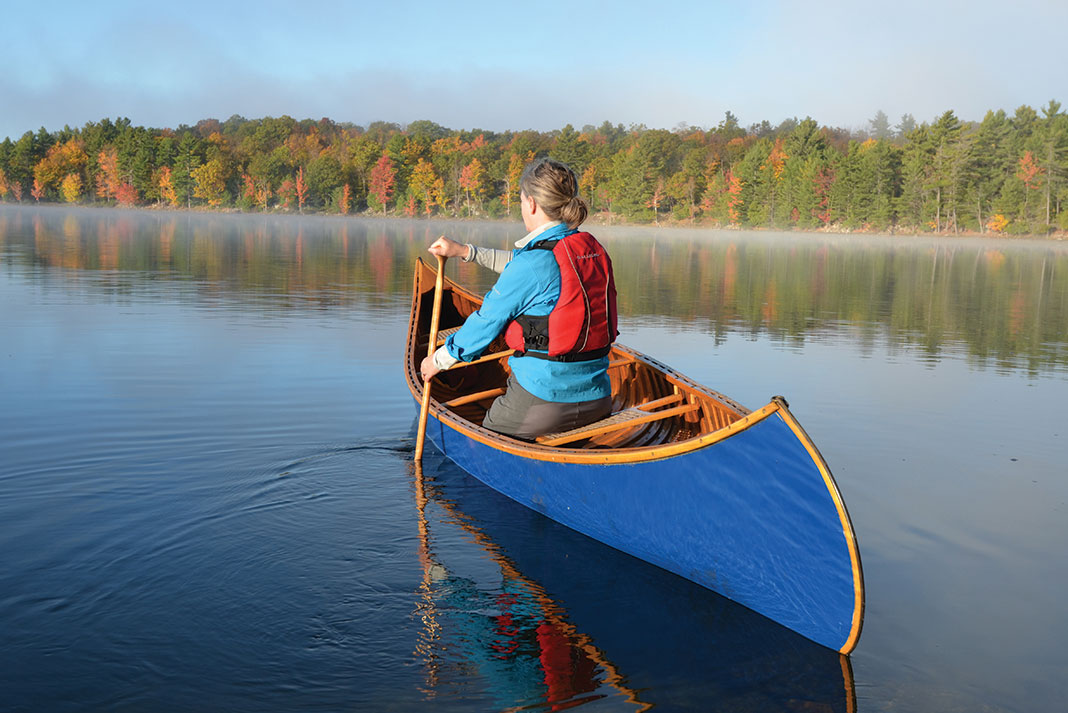
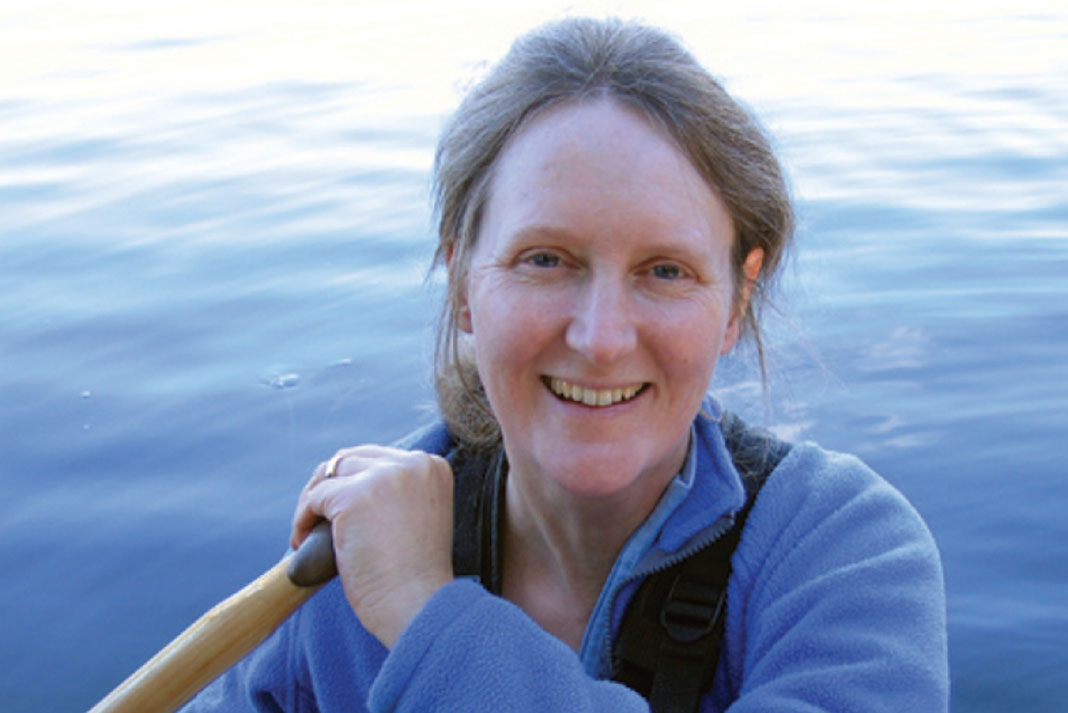
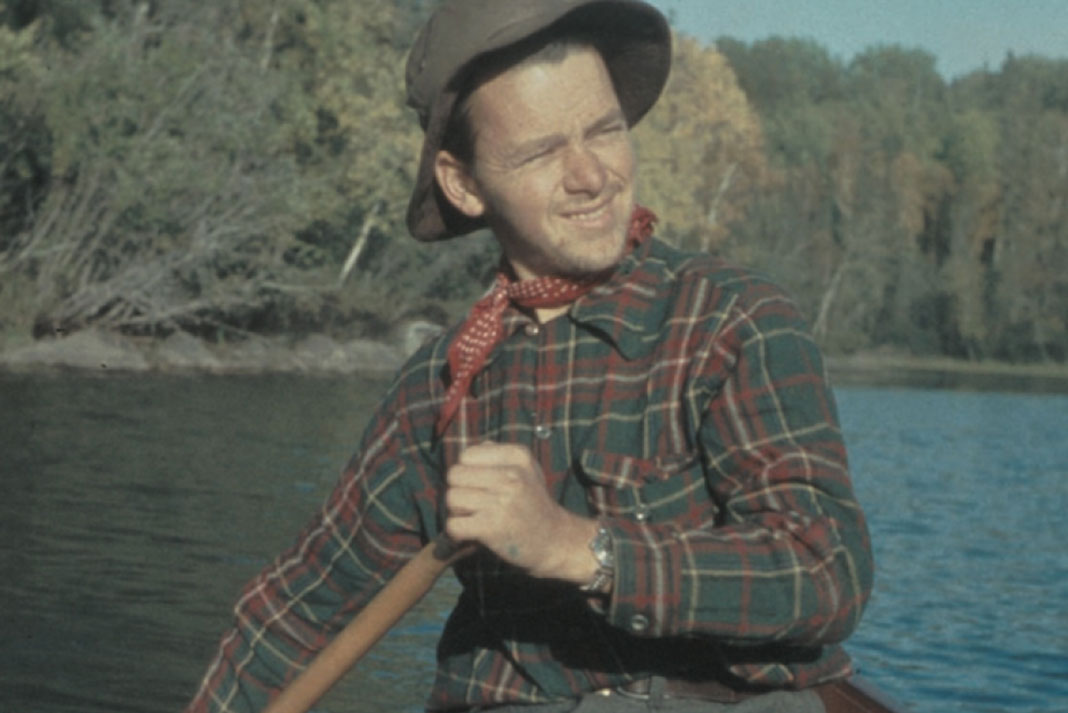

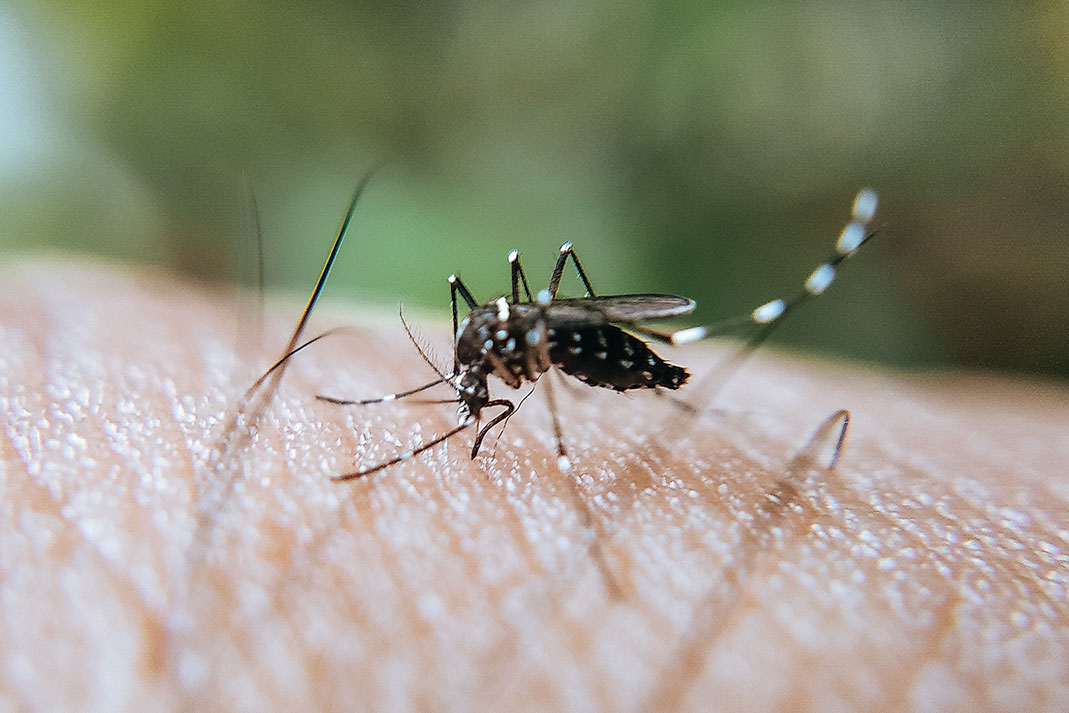
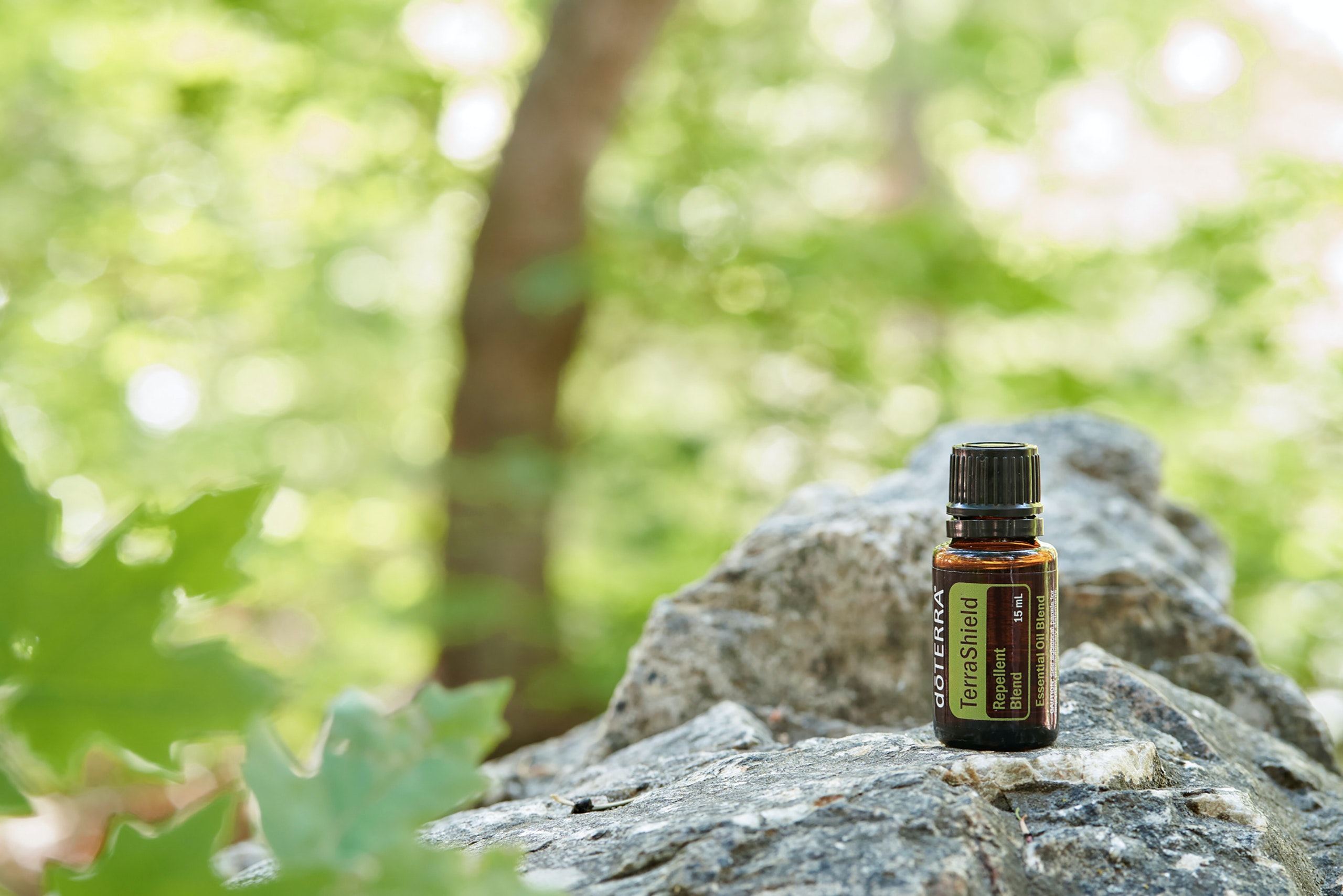
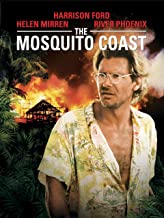
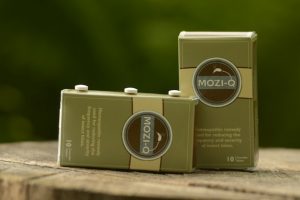
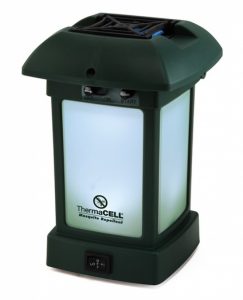

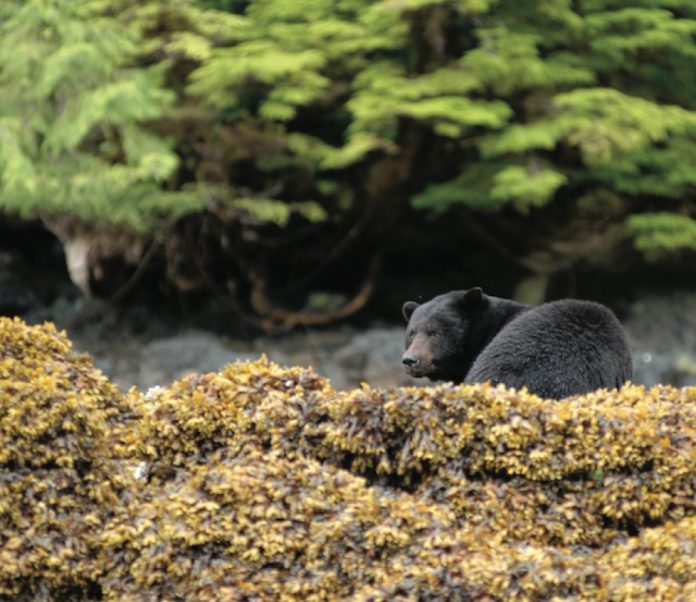
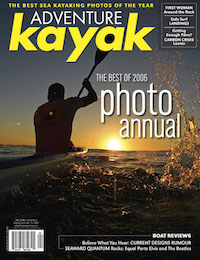 This article first appeared in the Fall 2006 issue of Adventure Kayak Magazine. For more great content, subscribe to Adventure Kayak’s print and digital editions
This article first appeared in the Fall 2006 issue of Adventure Kayak Magazine. For more great content, subscribe to Adventure Kayak’s print and digital editions 
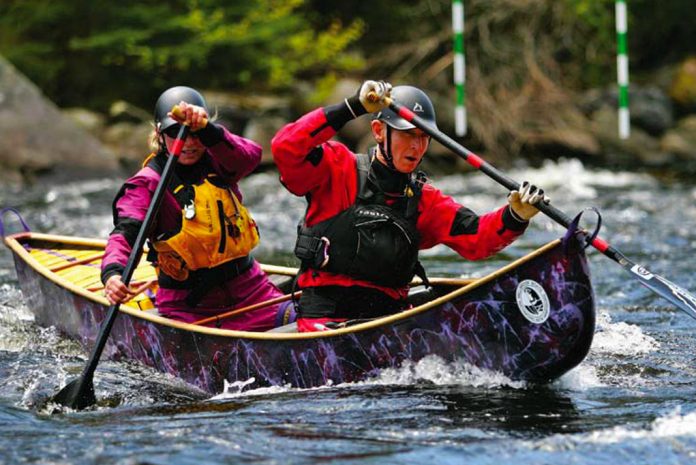
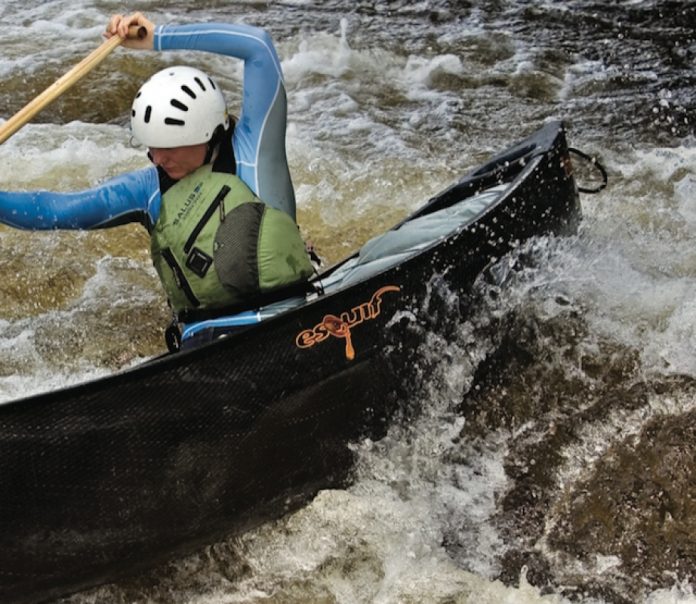
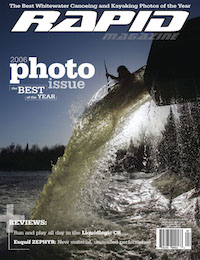 This article first appeared in the Fall 2006 issue of Rapid Magazine. For more great boat reviews, subscribe to Rapid’s print and digital editions
This article first appeared in the Fall 2006 issue of Rapid Magazine. For more great boat reviews, subscribe to Rapid’s print and digital editions 